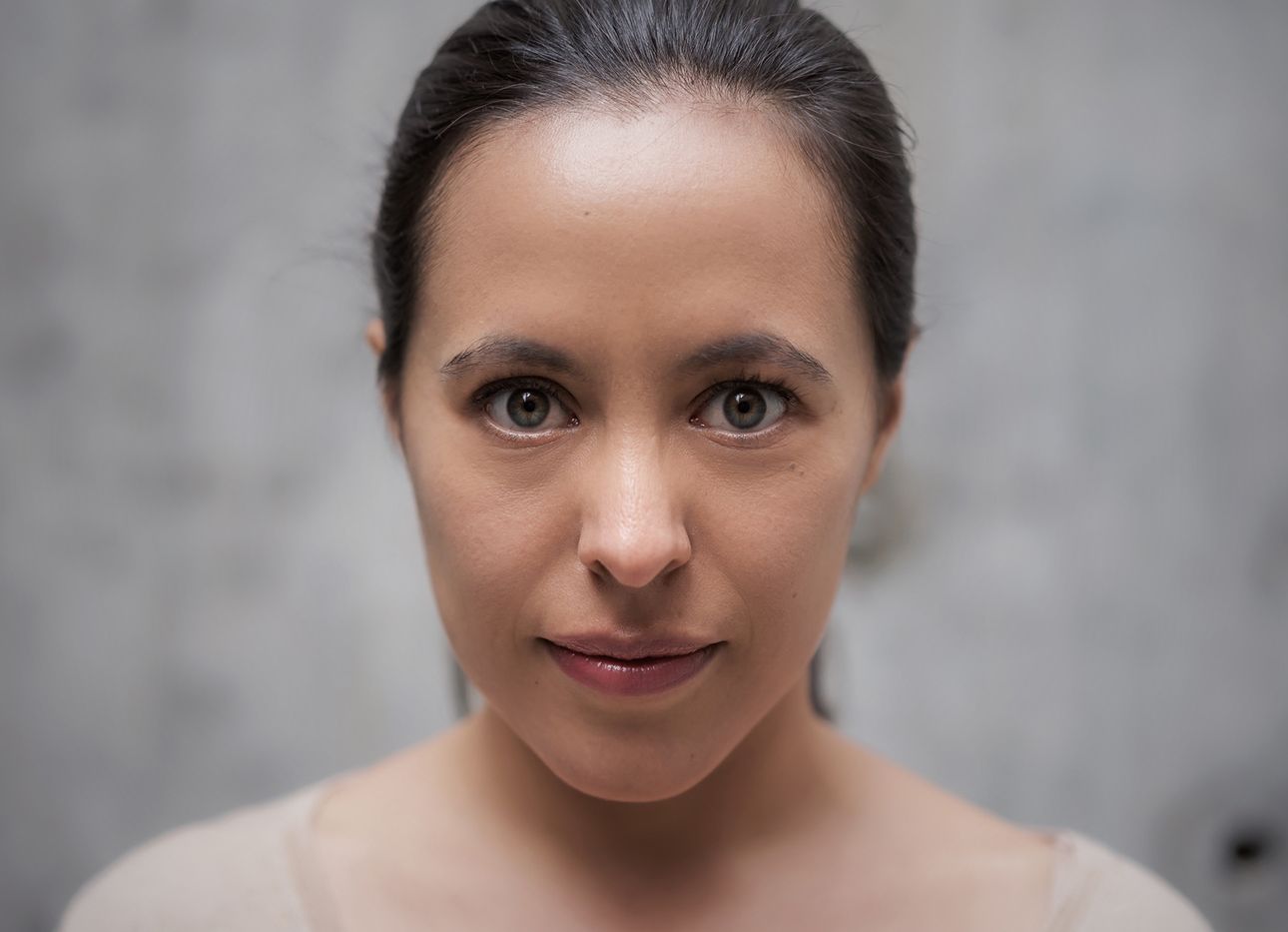
The Stealthy World of Olfactory Branding, Explained by Olivia Jezler
Olivia Jezler, founder of the scent and design consultancy Future of Smell, which collaborates with the likes of Byredo, Dior, and the World Economic Forum, intimately understands the psychology and science of scent. Here, she provides a window into the big business of olfactory branding—and describes how companies often design every dimension of how and what we smell in our everyday lives, right under our noses.
“Scent is invisible, and can connect you in such different ways to different realms. It’s this almost mystical type of sense, but is actually our most primal, our most human, our most animal. I find it fascinating that most people don’t even realize what they’re smelling, or that they’re smelling at all.
Scent is a part of practically everything you consume. Every flavor or scent has been sensorially designed—down to the capsule of your vitamin or medication. The color, shape, taste, and smell are all a part of branding. Even the things we think are natural are not natural. Fragrances, all of your shampoo, anything you put on your body—deodorant, lotion, face wash—are actually designed, as are our cleaning supplies, like Clorox, to have a chemical smell.
Why? Because people associate that with it ‘working.’ If something like dish detergent smelled like flowers—which can be done—people would think it’s ineffective at its job. There have been user studies conducted on this. Without fail, people will say, ‘Oh, this one cleans much better,’ when it was really just the scent that differed between the two sample sets. It’s because of the interconnectedness of all the senses in our brains that we can create these illusions.
When people come to me and say, ‘Oh, you’re just manipulating people with smell,’ I’ll say, well, you know what—the world is also being manipulated with colors, tastes, and sounds engineered for our minds. It’s not about the scent alone. It’s about how we’re congruently designing with all the senses.”